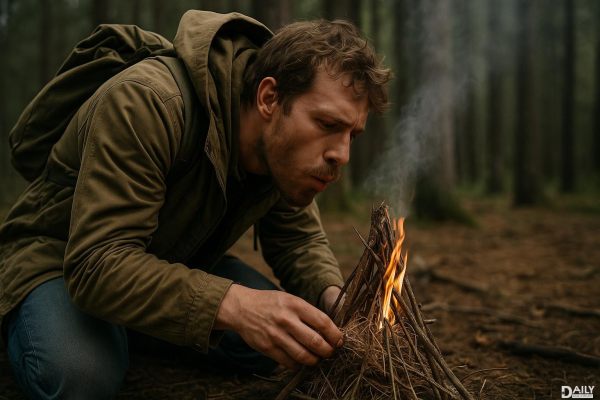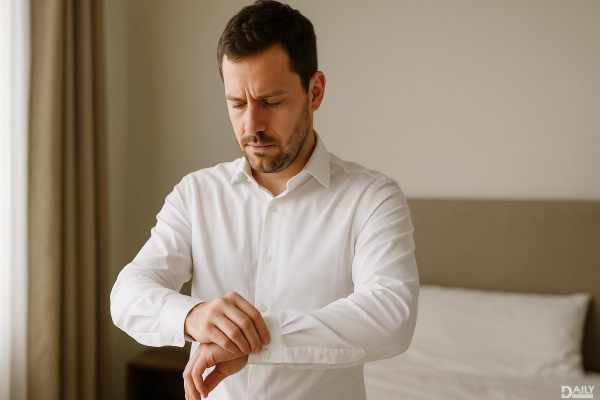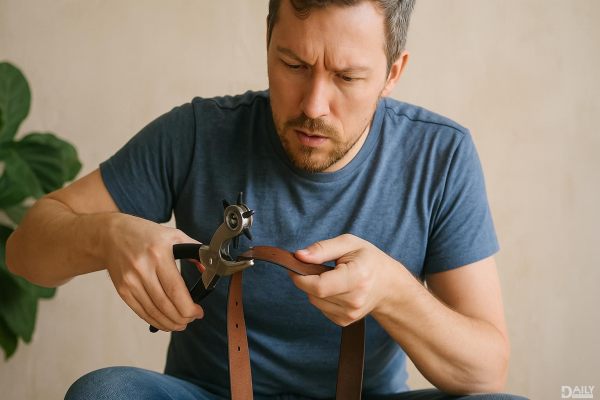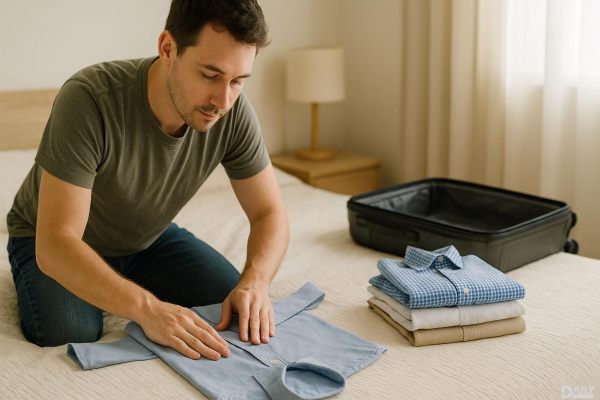If you're lost in the wild without matches, don't panic—you can still start a fire using friction, sunlight, or even a battery. The key is patience, the right materials, and a little know-how. Whether you're stranded or just prepping for your next adventure, mastering these techniques could be a game-changer.

This ancient technique uses friction to create an ember. You'll need a spindle (a straight, dry stick), a fireboard (a flat piece of softwood), a bow (a curved stick with a cord), and a handhold (to apply downward pressure). Carve a small notch in the fireboard, place tinder underneath, then use the bow to spin the spindle rapidly. The friction generates heat, and with enough persistence, you'll get a glowing ember to ignite your tinder. It takes practice, but once you nail it, you'll feel like a survival pro.
No matches? No problem—if you’ve got sunlight and a clear lens (like glasses, a water bottle, or even ice polished into a lens), you can focus rays onto tinder to create a flame. Angle the lens to concentrate sunlight into the smallest, hottest point possible. Dry grass, char cloth, or birch bark works best as tinder. Hold steady until smoke appears, then gently blow to encourage the flame. Just remember, this only works in direct sunlight, so cloudy days will leave you out of luck.
If you happen to have a battery (even from a flashlight or phone) and some steel wool, you're in business. Rub the steel wool against the battery terminals—the electrical current will cause the fine fibers to ignite. Once it starts sparking, transfer it quickly to your tinder bundle. This method is fast but requires specific materials, so it’s not always an option in the wild. Still, if you’re carrying gear, it’s a lifesaver.
If you’ve got a knife or a piece of high-carbon steel, striking it against flint or quartz can produce sparks. Angle the steel so sparks land on your tinder bundle (dry leaves, bark, or cotton). The trick is in the sharp, quick strikes—hesitation won’t cut it. This method has been used for centuries because it works, but it does require some arm strength and precision.
Another friction-based method, the fire plow involves rubbing a hardwood stick along a groove in a softer wood base. The motion creates fine dust that heats up until it forms an ember. It’s less complicated than the bow drill but requires serious elbow grease. Dry wood is a must—damp materials will just leave you frustrated and exhausted.
Mastering these techniques takes practice, so don’t wait until you’re stranded to try them out. Test them in a controlled environment first, and always prioritize safety. Whether you're a hardcore survivalist or just want to impress your friends on a camping trip, knowing how to start a fire without matches is a skill worth having in your back pocket.
























